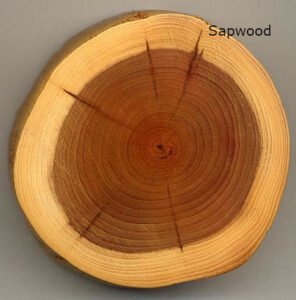
All courses on this page are self-paced pre-requisites for our hands-on programs. You always have the option of contacting an instructor if you have difficulties on a specific learning point. You will also have access to the appropriate social forums where you can discuss learning points with your fellow students.
Did you know why a screwdriver shouldn’t be used as a prybar? Or that a common adjustable wrench is the leading cause of rounded-off bolt heads? Can you describe the difference between a stubby nail eater and dogleg reamer? This is an introductory course to basic hand tools is a pre-requisite for all students entering any of our vocational training programs.
Can you tell the difference between Cocobolo and Ironwood? That a number of commonly used woods are actually listed as endangered species in their native range? This is our introductory course to the woods used in fine cabinet-making. The course starts with explanations of basic wood terminology, then move into descriptions of several more popular types of woods. You’ll learn about source trees, view images of prepared lumber, and typical usage. This course is a pre-requisite to all cabinetry programs.
Go To The Course
Did you know that metalworking was once a closely guarded secret, passed down from a blacksmith to their apprentices? How did blacksmiths weld metals before electricity? This course covers the fascinating history of metalworking and the role blacksmiths played in bringing metallurgy to where it is today. This course is a pre-requisite to all metal-working courses.
Can you calculate the size container needed to hold 4.5 gallons of fresh water? What is the volume difference between water at 35 degrees F and 186 degrees F? These are common knowledge points needed for gaining certification as a Journeyman plumber. This pre-requisite course covers the basic math behind plumbing and prepares you for the more advanced math you’ll deal with in hands-on training.
Electronics works on smoke – if you let the smoke out of an electronic component the system stops working. Do you know how to identify a faulty solid-state component using a can of spray air? This electronics technician pre-requisite course covers the eight-step troubleshooting process and gives insights into shortcut techniques that marks the difference between rookie and pro technicians.







